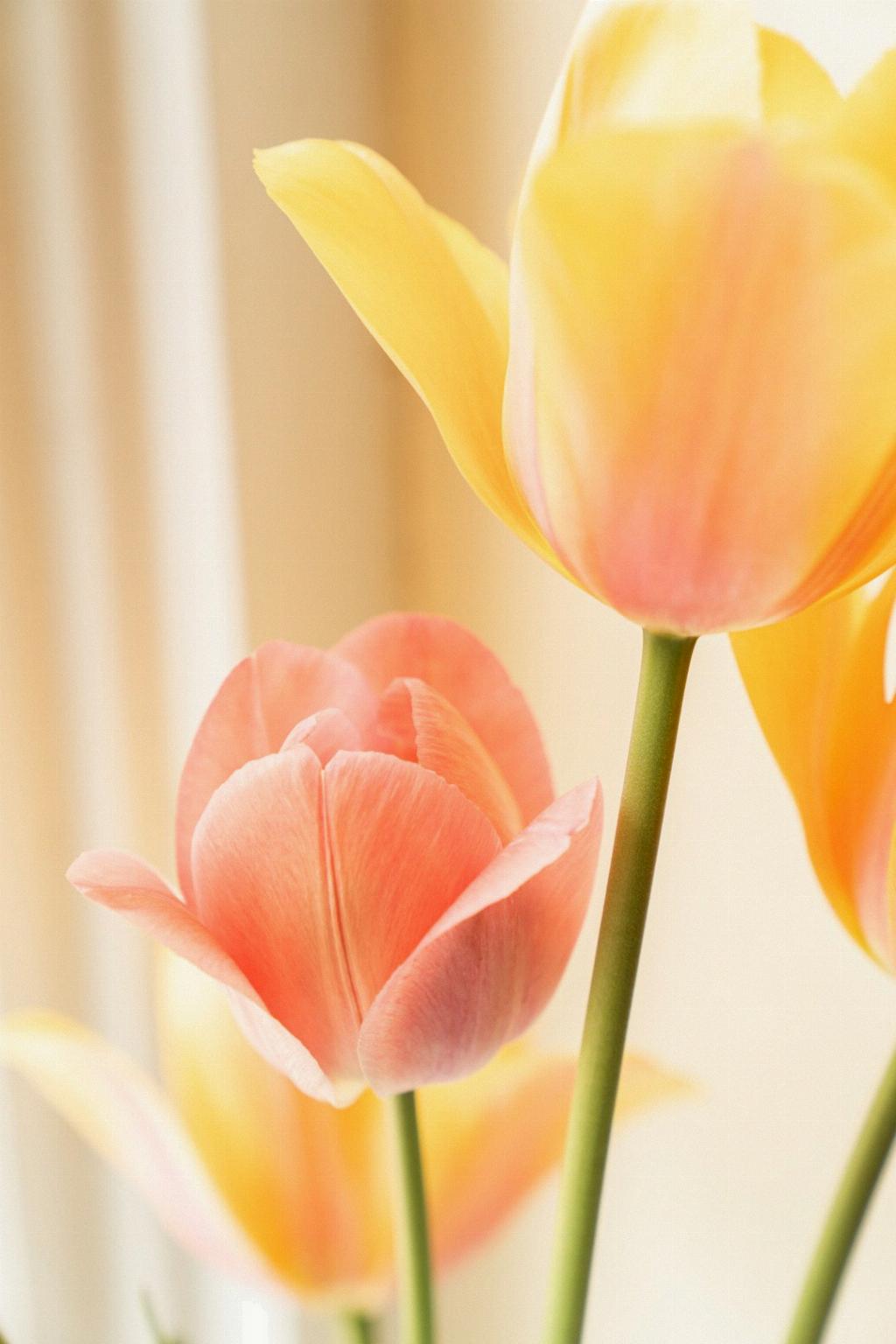Tulips are renowned for their vibrant colors and elegant blooms, making them a popular choice for gardeners looking to add a touch of beauty to their outdoor spaces. One common question that often arises is whether tulips are easy to grow. In this article, we will delve into the ease of growing tulips, exploring the planting process, maintenance requirements, and overall care tips to help you cultivate these stunning flowers successfully.
The Planting Process
Planting tulips is a relatively straightforward process that even beginner gardeners can master. The key is to plant the bulbs in the fall before the first frost, ensuring they have enough time to establish strong roots before the winter sets in. Choose a location with well-draining soil and plenty of sunlight to promote healthy growth.
Soil and Light Requirements
Tulips thrive in well-draining soil that is rich in organic matter. They prefer full sunlight, so be sure to select a sunny spot in your garden to plant your tulip bulbs. Avoid areas that tend to become waterlogged, as excessive moisture can lead to bulb rot.
Watering Needs
While tulips do not require excessive watering, it is essential to keep the soil evenly moist during the growing season. Water your tulips deeply once a week, especially during dry periods. Avoid overwatering, as this can cause the bulbs to rot.
Fertilization Tips
Applying a balanced fertilizer in the spring can help promote healthy growth and vibrant blooms. Choose a fertilizer specifically formulated for bulbs and follow the recommended application rates. Be sure to water the bulbs after fertilizing to help the nutrients penetrate the soil.
Protecting Against Pests and Diseases
While tulips are relatively pest and disease-resistant, they can still fall victim to common issues such as aphids, slugs, and fungal diseases. Keep an eye out for any signs of pest infestations or fungal infections and treat them promptly to prevent damage to your tulips.
Deadheading and Maintenance
Deadheading spent blooms can help redirect the plant’s energy into growing stronger bulbs for the following year. Remove any faded flowers regularly to encourage continuous blooming and prevent the plant from going to seed.
Overwintering Tulip Bulbs
After the blooming period has ended, allow the foliage to die back naturally before cutting it back to ground level. This allows the bulbs to store energy for the next growing season. Consider mulching the soil around the bulbs to protect them from harsh winter temperatures.
Division and Propagation
Over time, tulip bulbs can become overcrowded, leading to reduced blooming performance. To prevent this, consider dividing the bulbs every few years. Dig up the bulbs in the fall, separate the offsets, and replant them in well-prepared soil.
Common Challenges and Solutions
Despite their ease of growth, tulips can face challenges such as poor drainage, excessive moisture, and inadequate sunlight. To overcome these issues, ensure proper soil preparation, watering practices, and sun exposure to promote healthy growth and blooming.
Conclusion
In conclusion, growing tulips can be a rewarding experience for gardeners of all skill levels. By following the right planting techniques, providing adequate care, and addressing any potential challenges, you can enjoy a stunning display of tulip blooms in your garden year after year. With their vibrant colors and graceful appearance, tulips are indeed an easy-to-grow flower that can enhance the beauty of any outdoor space.

